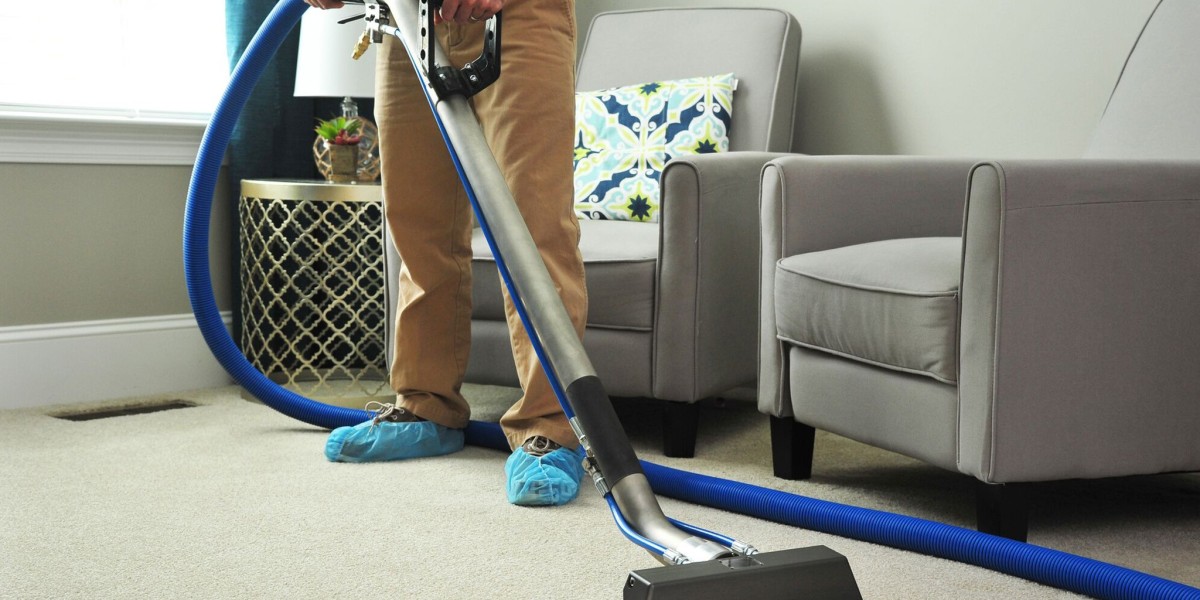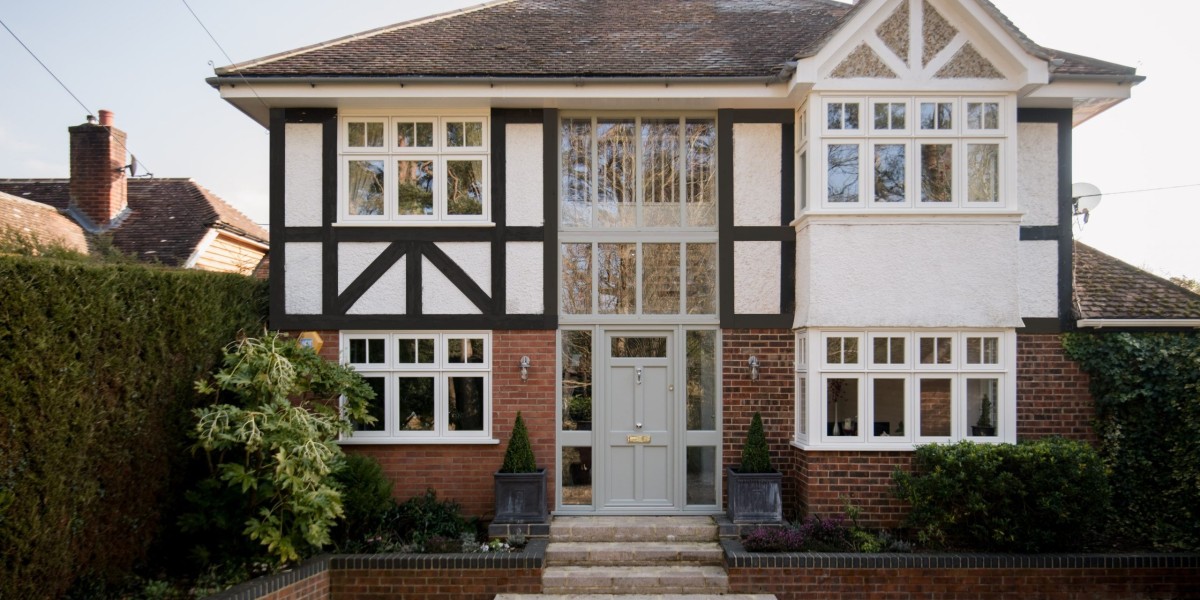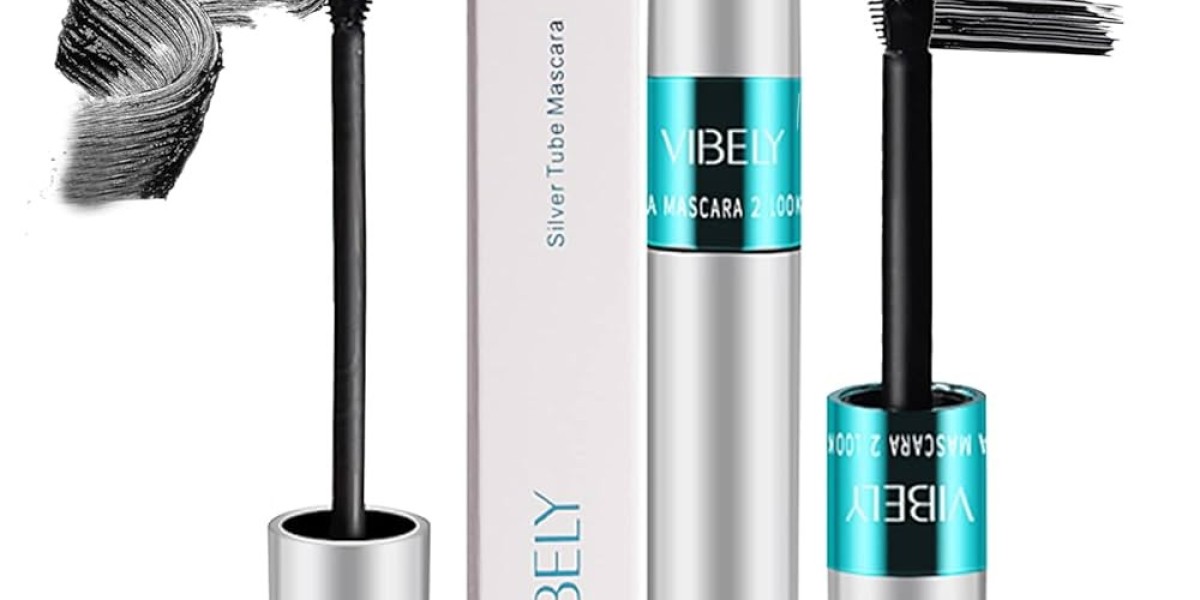In challenging production zones where dust, moisture, and chemical spray pose constant threats, investing in a waterproof industrial socket box can make a significant difference in operational reliability. These sealed enclosures protect internal connectors from water ingress and particulate contamination, preserving consistent power delivery to motors, sensors, and control panels. As manufacturers adopt automated cleaning routines and install equipment in exposed locations, selecting a socket box with a robust sealing system and corrosion-resistant materials ensures both safety and uptime.
One driving factor behind choosing a waterproof enclosure is protection against liquid ingress. In food processing, chemical plants, and outdoor assembly lines, high-pressure washdowns and accidental spills can damage exposed outlets. A waterproof box features gasketed lids and sealed cable entries that prevent water from reaching live contacts. When moisture attempts to penetrate, the enclosure's IP rating confirms its ability to withstand specified spray angles and pressures. This barrier reduces maintenance tasks and prevents short circuits that would otherwise halt production.
Corrosion resistance further supports long-term performance. Industrial settings often expose equipment to chemicals or salt-laden air, accelerating metal degradation. Socket boxes made from stainless steel or UV-stabilized polymers resist rust and fading, maintaining mechanical strength and appearance over time. Self-draining designs channel any internal condensation or incidental water away from sensitive components, allowing pools to escape rather than accumulate. This attention to material choice helps avoid frequent replacements and preserves spare-parts inventories.
Safety regulations demand reliable electrical isolation in hazardous areas. A sealed socket housing reduces the risk of electric shock during cleaning or when operators handle nearby equipment. Integrated ground fault protection modules shut off power instantly upon detecting leakage currents, preventing damage to both human and machine. Surge suppression components within the same enclosure guard against voltage spikes caused by switching events or lightning. By combining these features in one assembly, installers avoid running multiple separate devices in tight spaces.
Installation flexibility is another advantage. Modern waterproof boxes offer multiple conduit knockouts, gland fittings, and mounting brackets that adapt to diverse cable routes and panel layouts. Technicians reposition cable glands or add blanking plugs without compromising the enclosure's sealing integrity. Modular rail systems accept a variety of power and data inserts, allowing customized configurations for mixed networks of power, Ethernet, and signal lines. This plug-and-play approach speeds uplines commissioning and simplifies future retrofits.
While cost considerations initially favor standard enclosures, total cost of ownership often tilts toward waterproof units in demanding environments. Reduced downtime, lower repair expenses, and fewer safety incidents combine to offset the higher purchase price over time. Facilities with frequent cleaning cycles or outdoor exposure benefit most, since maintenance teams spend less time replacing corroded outlets and addressing leak-related faults. This operational continuity proves essential in high-volume or mission-critical applications.
Aesthetic and ergonomic factors play a role as well. Sleek, gasketed lids and flush-mount faces maintain a clean appearance that integrates with modern equipment designs. Hinged covers open smoothly and stay in place, allowing easy plug access without obstructing adjacent machinery. Clear labeling inside the box door guides safe isolation and module replacement, while captive screws ensure fasteners remain attached during service. These design details improve usability and reduce the risk of lost parts.
Emerging trends such as collaborative robotics and edge computing place new demands on power infrastructure. Robotic arms and autonomous guided vehicles operate in shared spaces with human workers, requiring reliable outlets that stay operational under continuous motion. Waterproof concealed sockets mounted within robot bases or conveyor frames keep electrical connections safe from lubricant spills and cooling fluids. Embedded sensor modules within these boxes can also transmit device status, integrating directly into smart factory networks.
When assessing options, project planners should look for enclosures tested to relevant industry standards for IP rating, material durability, and electrical safety. Third party certifications validate performance claims and support compliance audits. Suppliers offering detailed technical documentation, installation guides, and field support services help installers configure boxes correctly and troubleshoot any issues quickly. This level of backing ensures deployments meet project timelines and quality expectations.
Investing in a waterproof industrial socket box represents a strategic choice for facilities aiming to maintain high availability and safeguard equipment. By providing reliable protection, corrosion resistance, and modular adaptability, these enclosures address the unique challenges of cleanroom, outdoor, and harsh industrial settings. When the next generation of machinery and sensor networks arrives, having robust, sealed socket boxes in place will simplify integration and uphold safety standards across the operation. For a comprehensive selection of configurable waterproof enclosures and support resources, visit https://www.nante.com/product/ to explore options that match your application needs.







